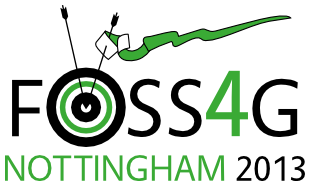Presentation
Building Catastrophe Models With Open Data And Open Software
Chris Ewing (Aon Benfield)
14:30 on Thursday 19th September (in Session 13, starting at 2 p.m., EMCC: Room 1)
Show in Timetable
A catastrophe model is a tool/technique which estimates the potential loss of property and life following a major catastrophic event. Different types of events or perils are modelled including; windstorm, earthquake, flood, and storm surge. ELEMENTS is the in-house catastrophe modelling software which is developed by Impact Forecasting, part of Aon Benfield Analytics. Behind the software are models for a wide range of different event and peril types across many countries and regions of the world. To develop the different components of the catastrophe model, Impact Forecasting use a variety of proprietary and open solutions. Open Data sources such as OpenStreetMap, SRTM, CORINE land cover datasets are used, amongst others. The open-source programming language, Python, is also used extensively to create hazard footprints and files needed for the catastrophe model. The use of Open Source software and Open Data supplemented with other available proprietary data sources allow Impact Forecasting to build more flexible and transparent catastrophe models.
